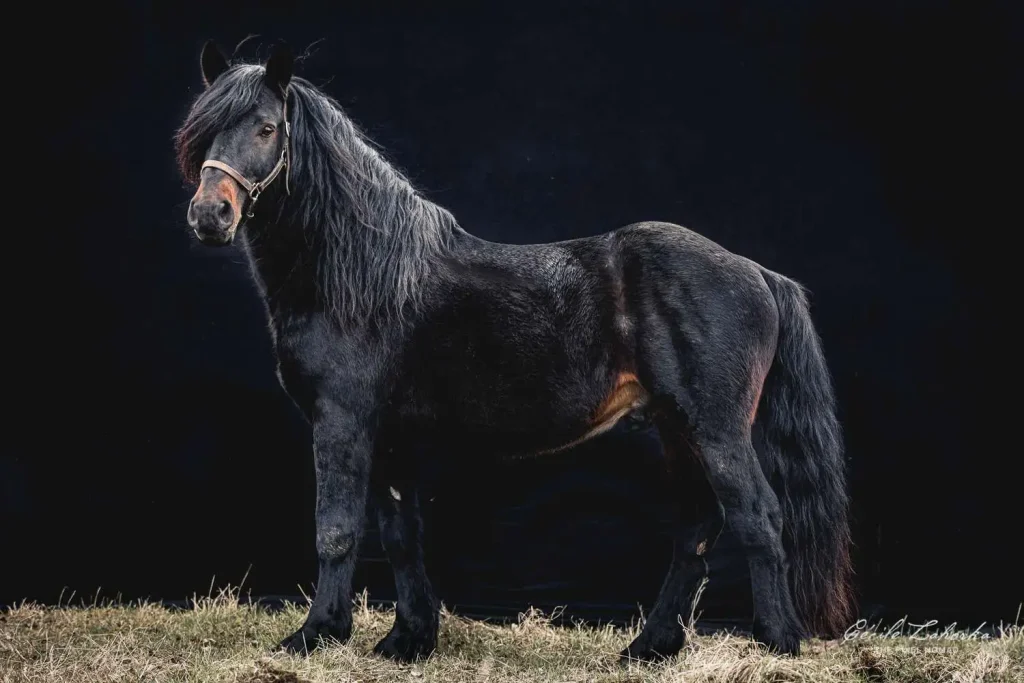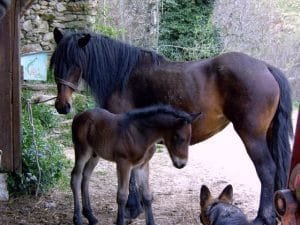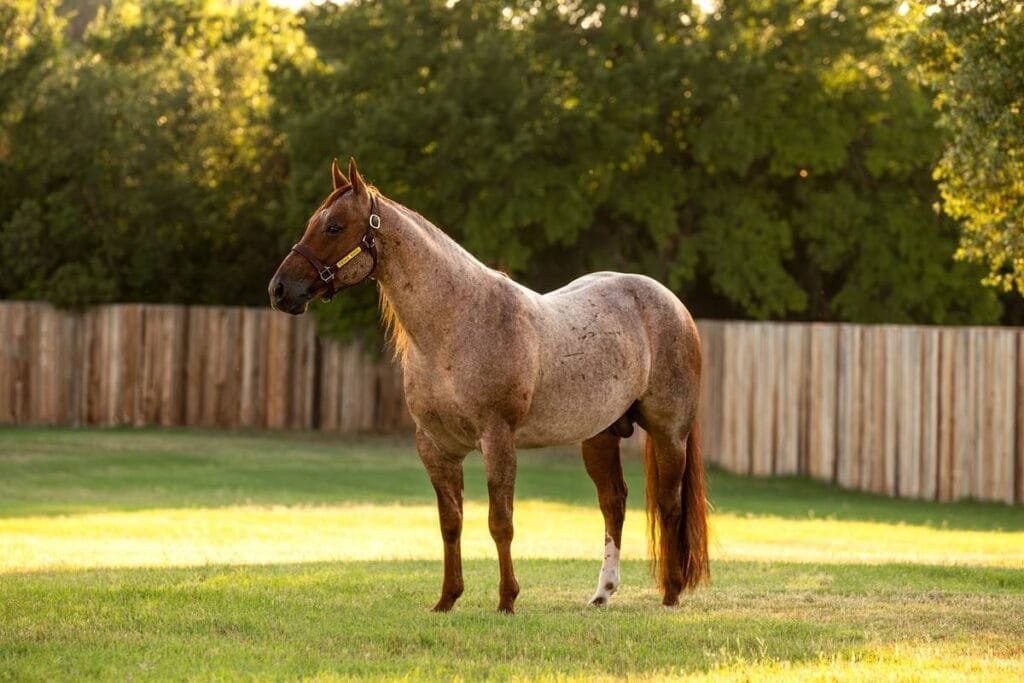Discovering the Castillonnais Horse: A Hidden Gem of Equine Breeds
The Castillonnais horse is a testament to the rich equestrian history of southern France. With its impressive build, gentle nature, and versatile abilities, it’s a breed that truly deserves recognition. As more people discover the charm of the Castillonnais, it’s hoped that this remarkable horse will continue to thrive and capture the hearts of horse enthusiasts around the world.
The Origins of the Castillonnais
The Castillonnais horse traces its roots back to the early medieval period. It has been a part of the local landscape for centuries, evolving alongside the people of Castillon. Originally, these horses were used for various purposes including farm work, transportation, and even as war horses. Their history is deeply intertwined with the culture and traditions of the region.
Feature Details
| Feature | Details |
|---|---|
| Origin | Castillon, southern France |
| Historical Use | Agricultural work, transportation, war horse |
| Height | 15 to 16 hands (60 to 64 inches at the shoulder) |
| Coat Colors | Bay, chestnut, black |
| Build | Sturdy body, deep chest, powerful legs, well-defined neck |
| Mane and Tail | Thick and full |
| Temperament | Calm, gentle, friendly, easy to handle |
| Intelligence | High; responds well to training and eager to please |
| Versatility | Suitable for dressage, show jumping, driving, and farm work |
| Modern Uses | Equestrian sports, leisure riding, traditional farming |
| Preservation Status | Rare; conservation efforts are ongoing to maintain the breed |
| Resources | Local breed associations, preservation groups, dedicated breeders |
Physical Characteristics
One of the most striking features of the Castillonnais horse is its impressive build. These horses are known for their strength and robustness. They typically stand between 15 to 16 hands high (a hand is 4 inches, so they are about 60 to 64 inches tall at the shoulder).
Their coat colors vary, but you’ll most often see them in shades of bay, chestnut, or black. The Castillonnais has a sturdy body with a deep chest, powerful legs, and a well-defined neck. Their mane and tail are usually thick and full, adding to their majestic appearance.
Temperament and Personality
Castillonnais horses are known for their calm and gentle nature. They are incredibly friendly and easy to handle, which makes them great companions for both novice and experienced riders. Their steady temperament also makes them excellent working horses, whether on a farm or in more demanding roles.
These horses are highly intelligent and eager to please, which means they respond well to training. They are versatile animals and can excel in various disciplines, from dressage and show jumping to driving and general farm work.
Uses and Abilities
Historically, the Castillonnais horse was used primarily for agricultural tasks. Their strength and endurance made them ideal for plowing fields and transporting goods. Even today, their hard-working nature is a valuable trait, especially in traditional farming communities.
In modern times, the Castillonnais is also appreciated for its role in equestrian sports and leisure riding. Their smooth gait and reliable behavior make them well-suited for a variety of activities. Whether you’re looking for a horse for competitive riding or just a pleasant trail companion, the Castillonnais is up to the task.
Preservation Efforts
Despite their many qualities, the Castillonnais horse is a rare breed. There have been significant efforts to preserve and promote the breed, but it remains relatively unknown outside its native region. Preservation organizations and dedicated breeders are working hard to ensure that the Castillonnais horse does not disappear.
If you’re interested in learning more about the breed or even considering adding one to your stable, there are a number of resources available. Local breed associations and preservation groups can provide valuable information and connect you with breeders who are passionate about the Castillonnais.
More Popular Search






